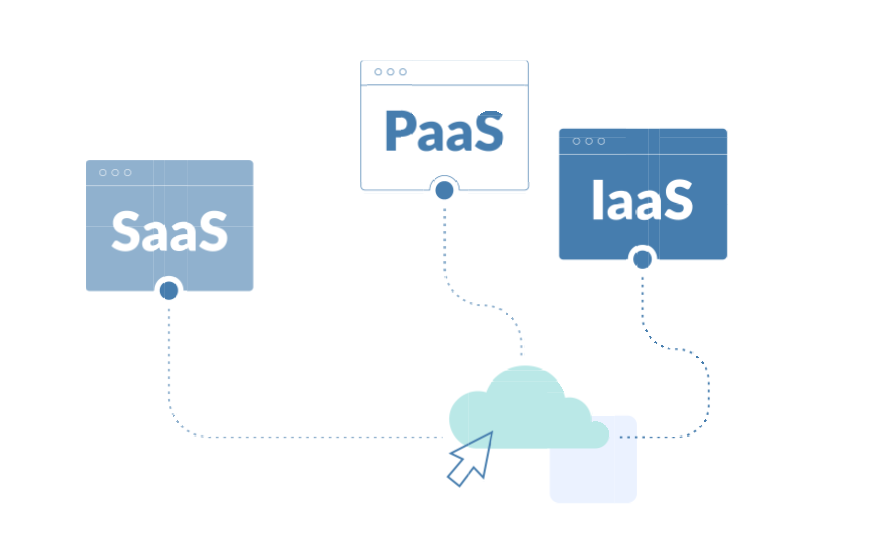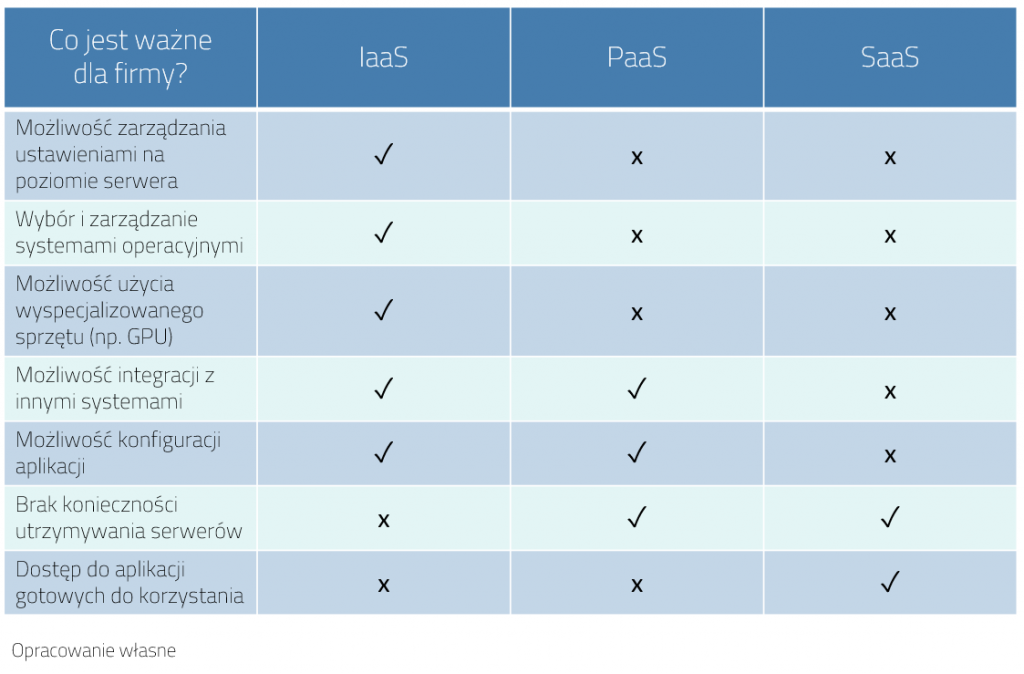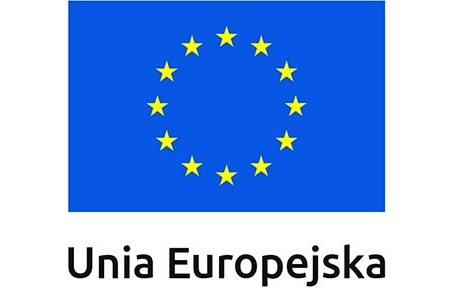IIaas, Paas or Saas. Which cloud to choose? eng
-
 Mateusz Bohonos, Product Manager One Step Cloud
Mateusz Bohonos, Product Manager One Step Cloud

By the end of this year, the value of the Polish market of services related to “cloud computing” will be USD 800.45 million. Companies want to use cloud solutions more and more often. The question they ask themselves is, “Which cloud model is right for me?” I will try to answer this question below.
If we consider what the customer actually buys when choosing a cloud service, cloud for business is usually classified into one of three categories – IaaS, PaaS or SaaS.
IaaS
SaaS
SaaS, or Software as a Service, is a service in which applications and data are stored in the cloud, on the service provider’s servers. Users are not interested in the operating system or the necessary licenses. They use already created applications that can be used in the cloud. Their advantage is combining and quick use.
As you can see, the different models have a different service levels that meet the needs of different customers. Therefore, it would not make much sense to say, “The best cloud is only SaaS because I use pre-built applications.” Some do not need them, and standard applications would even make it difficult to operate where we need control over the management of operating systems and applications, changes, and monitoring that is not possible in SaaS.

In my private opinion (supported by observation and conversations with clients), each of the cloud models has its “dream” client.
IaaS will be a good choice for an enterprise with its own servers. Depending on the size of the servers and the level of complexity, we can use dedicated machines or virtual machines (VM) running on servers in the service provider’s data center. It is the best solution for daily operations and keeping you connected at work. We are free to configure the network and connect to existing systems. We can also better manage permissions and monitor systems.
In the case of a VM, it can often be described as a VPS (Virtual Private Server) on which the operating system is installed, and the appropriate person (administrator from the company or supplier) installs additional software and configures it. You can also create a corporate Microsoft AD domain.
An important part is the virtualization system. In my opinion, the advantage of VMware over open source solutions is the ease and mobility of such a VPS. At any time, we can “pack” our server (here: VM) and move it to another cloud, or even reinstall it on our hardware. It is an “enterprise” type solution, so we have full, professional support.
The next advantage is access through the portal (eg One Step Cloud). We can change the machine’s resources at any time, and even turn it off and on for a specific time. It gives a lot of savings in hourly settlement with the service provider.

Cloud is good for everyone. However, it is important to properly address your needs and clearly define the intended goal. Do we want to migrate enterprises or just create an application that we will share? How important for us is the flexibility of solutions, the possibility of resignation, cost transparency and, most importantly, contact with the company – says one of Intratel’s customers.




